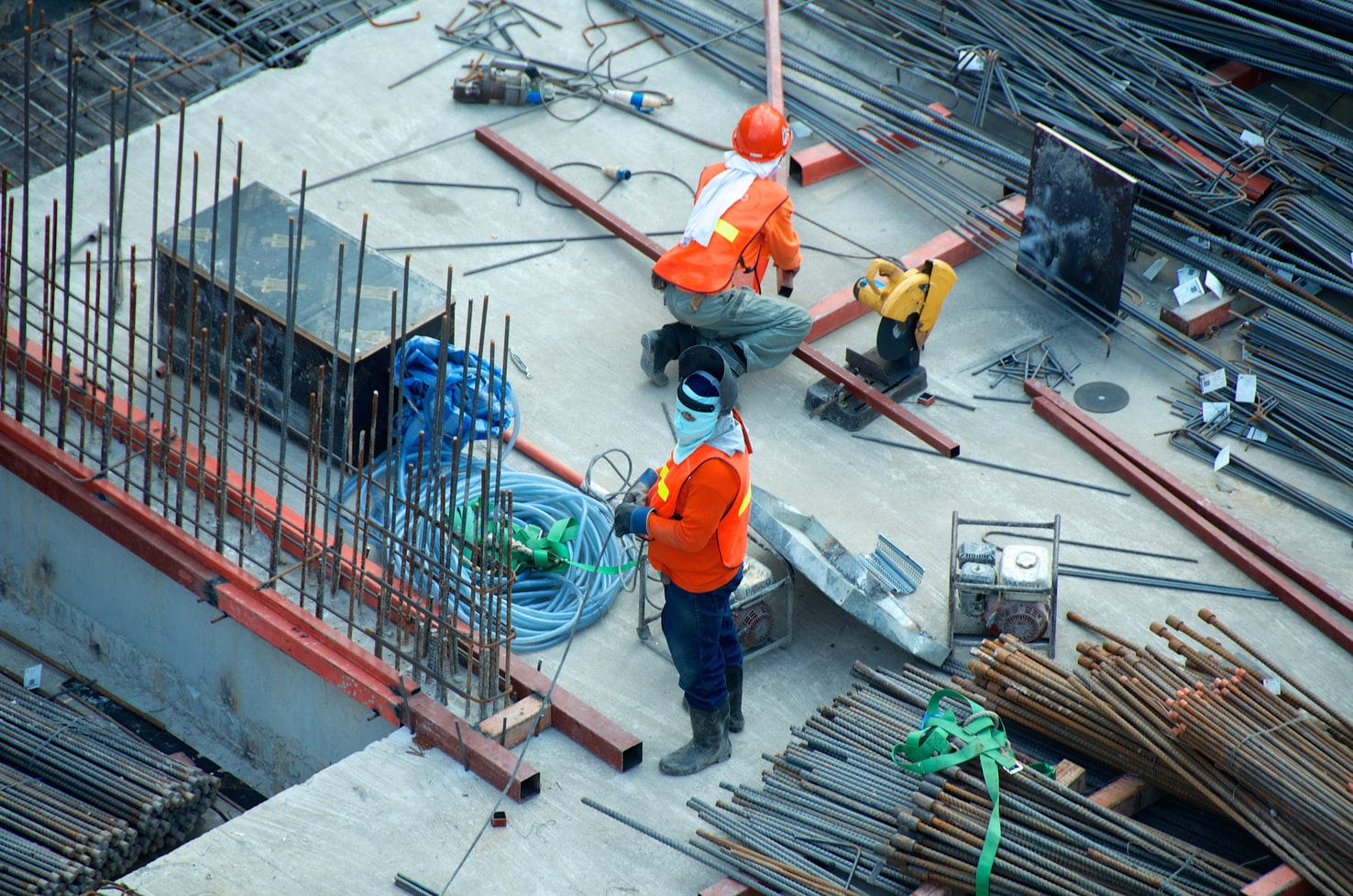screw piles, the perfect grounding spot is where the soil contains loose sand or soft clay. It is simple to construct the piles in such a ground, and the vast bearing surface offered by the screws makes the most of the soil’s limited bearing capacity.
Common Types of Steel Piles
H-piles
H-piles are specifically sized to withstand the high impact pressures that result from forceful driving. To prevent damage to thinner pieces, the flanges and the web are rolled to the same thickness. To ensure rigidity in the weak axis, the flange width is made to be at least 85% of the depth of the pile section.
Pipe piles
Pipe piles are often filled with concrete and built of seamless or welded pipes. They can be operated either closed- or open-ended. The soil inside the pipe may be cleaned out and the open-end piles may be driven to the required depth. A driving point is fixed to the pile’s tip to create closed-end piles. Pipe piles for main columns should have a minimum diameter of 10 inches and a maximum thickness of 5/16 inches.
Open-end or Close-end pipe?
The site’s soil conditions will determine whether to use an open-end or closed-end type. An open-end pipe can sometimes be driven deeper because the soil inside the pipe can be cleansed as the driving process goes on. Before reaching the target depth, if rocks or other impediments are encountered, they can be removed using a cutting bit or, in the case of large diameter pipes, by blasting. Closed-end pipes should be utilized in other situations when it is challenging to remove soil from inside the pipes.
Splices of steel pipes
Similar to how steel columns are joined, H-piles are spliced. Whether a splice is welded or bolted will mostly depend on the engineer’s preference or the equipment that is available. The splice should be built to withstand such loads if it is above the ground or if a significant bending moment would affect the pile. There is typically some bending stress in a pile even when it is not being exposed to horizontal thrust or bending moment. A pile may become bent from driving and is never exactly straight. The piles may bow momentarily as a result of this. Thus, it is common practice to build the splice to withstand a moment equivalent to one-third to one-half of the H-moment section’s capacity. Certain building rules demand that the splice fully develop the H or pipe section’s strength. The pipe piles can be joined together using a sleeve or by butt welding.
Advantages of steel piling
Steel piling tanks are widely used in food, chemical, and power industries. Some advantages of steel piling are listed below-
- It can be utilized in both short and long-term structures
- Sheet piles materials can be recycled and reused
- Piles are available in a variety of lengths, sizes, and steel types.
- The interlock system’s adaptability allows it to be installed in a variety of layouts.
- The piling pipe’s or sheet’s durability can be extended through protective coatings.
- Sheet pile walls with the flexibility to be readily anchored or propped can be constructed for both horizontal and vertical loads.
- On-site supervision can be reduced, and just a small amount of storage space is necessary for steel piling constructions.
- Sheet piles can produce an efficient water seal by forming a tight-fitting joint.
- They have a long-life span both above and below water, which makes them ideal for the marine and coastal constructions.
The benefit compared with the traditional concrete base
- There is no need for curing, allowing excavation to begin almost immediately.
- Steel piling can be penetrated near to the site’s boundaries
- There are no spoils to deal with following the installation, which is especially critical on contaminated locations.
- During the installation process of steel piling, there are generally very minimal earth disturbances.

